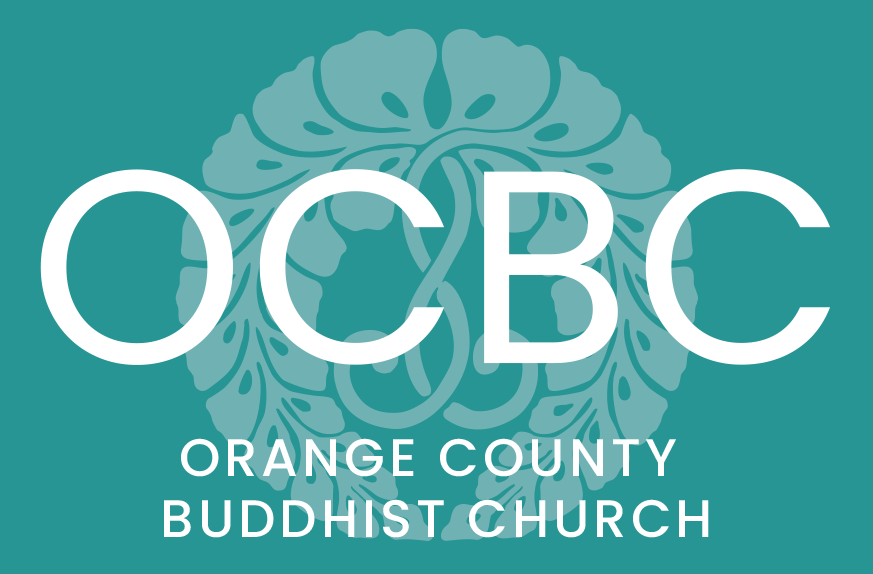Our Spiritual Identity - Why Not Get Here and Now
Gomonshu-sama, the spiritual leader of the Jodo Shinshu Hongwanji-ha (Nishi-Hongwanji), Kyoto, Japan, officiates the Kikyōshiki Confirmation Ceremony.
The Shin Buddhist Kieshiki Affirmation Ceremony is an important ceremony for anyone to affirm to live with the Three Treasures in the immeasurable wisdom and compassion of Amida Buddha.
The Meaning of the Kieshiki Affirmation Ceremony:
In this Shin Buddhist ceremony, performed before the altar of Amida Buddha and Shinran Shonin by the Bishop of the BCA, one takes the important step of affirming one’s reverence for the Buddha, Dharma, and Sangha, and one’s determination to tread the path to Buddhahood. When the ceremony is conducted by the Monshu, spiritual head of the Jodo Shinshu Hongwanji-ha denomination in Kyoto, Japan, the ceremony is referred to as the Kikyōshiki Confirmation Ceremony. However, overseas district Bishop in North America, Hawaii, Canada, Brazil, Europe, and Tibet are allowed to officiate the affirmation ceremony that is called the Kieshiki.
The Three Refuges in General Buddhist Tradition:
In the time of Shakyamuni Buddha, one was permitted to join the Buddhist community (sangha) upon receiving the precept of the three refuges under the guidance of a monk and shaving one’s head. To receive the precept of the three refuges means to declare before one’s teacher that one takes wholehearted refuge in the Buddha, Dharma, and Sangha, and to vow that one will not deviate from them.
“Buddha” here refers to Sakyamuni, “Dharma” to Sakyamuni’s Teaching, and “Sangha” to the community of followers who have entrusted themselves to Sakyamuni Buddha’s teaching. Because these form the basis of what one values most in one’s life, they are called the “three treasures.” Shaving one’s head symbolizes departure from the worldly ways of life and entrance into a life devoted to the path of Buddhism, which transcends the mundane world.
The Affirmation Ceremony:
The teachings of Sakyamuni Buddha are so extensive that they are said to number 84,000. It is no surprise, then, that after the Sakyamuni Buddha’s death, various schools developed based on the different aspects of his teachings. Shin Buddhism (Jodo Shinshu) is the Buddhist path of great compassion clarified by Shinran Shonin. Shinran teaches that Sakyamuni appeared in this world in order to reveal the Vow of Amida Buddha to free all beings from bondages of sufferings. It is the spiritual liberation of all people by Amida Buddha’s deep wishes based on Sakyamuni’s fundamental teaching.
The Affirmation Ceremony in Shin Buddhism, therefore, shares a common meaning with the precept of the three refuges administered in the time of Sakyamuni Buddha, but it also has a special meaning. In the Affirmation Ceremony, the Buddha of the three refuges is not simply Sakyamuni, but refers especially to Amida Buddha, which is the heart of Sakyamuni’s teachings. Sakyamuni came into the world to teach the Vow of Amida Buddha, and our liberation is brought about by Amida’s indiscriminative wisdom and working of great compassion. Thus, “Dharma” is the teaching of Amida’s compassionate working to liberate all beings, and “Sangha” refers to people who have entrusted themselves to Amida’s deep wishes.
Shin practitioners do not shave their heads but undergo a ritual and symbolic shaving which has similar meaning. This is part of the Kikyōshiki Confirmation Ceremony. For the Kieshiki Affirmation Ceremony, the Bishop of the BCA touches the head of each recipient with a scroll inscribed with the words of the Sakyamuni Buddha. This is referred to as “Chokyo” or “hearing the Buddha-Dharma.”
By participating in the Affirmation Ceremony, one receives a Buddhist name (homyo). The Buddhist Name (homyo) is in the form of Shaku and two kanji characters followed after. The word “Shaku” means “disciple of Sakyamuni” and signifies that the person has joined the Shin Buddhist sangha to hear and appreciate the teachings of Sakyamuni Buddha and Amida Buddha, regardless of any genders, ethnic and culture backgrounds.
Homyo Sample
Buddhist Name (Homyo) consists of two Kanji. If the kanji characters for our Japanese first name or middle name, you can use one character out of them. Then, another kanji character will be selected from the Pure Land Buddhist Sutras. If you don’t have any kanji character in your first name or middle name, I am happy to talk individually and discuss a Homyo that best represents you. The sample reads “Shaku Kō-myō,” meaning “Bright Light.” The character 光 means “light” and 明 means “bright.” This Homyo will lead you to the Buddhahood as “Bright Light.”
Don’t Wait for the Last Moment!
Many people may think that a Buddhist Name (Homyo) is given only at a funeral service. A Shin Buddhist Homyo can be conferred to anyone who wishes to live in the life of hearing the Buddha-Dharma and reciting the Nembutsu, Namo Amida Butsu, while living in this world. The Shin Buddhist Identity encourages people to pursue attaining the Buddahood while living in deep inner introspection and appreciate the Amida’s working to wake us up to non-discriminative wisdom and altruistic loving-care to others. May all people be happy and well, living in peace and harmony in hearing the Buddha-Dharma and embracing in Amida’s immeasurable wisdom and compassion.
Gassho,
Rev. Dr. Mutsumi Wondra


